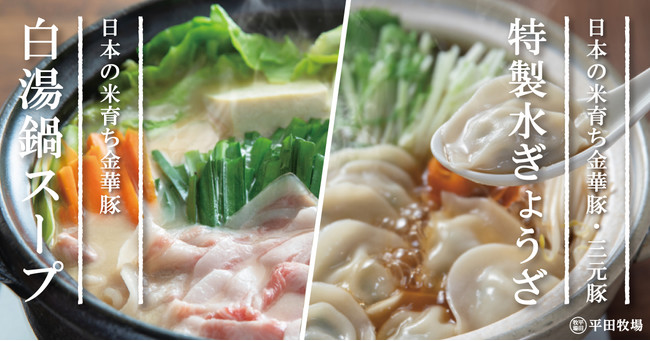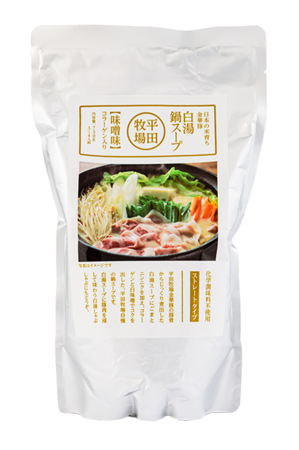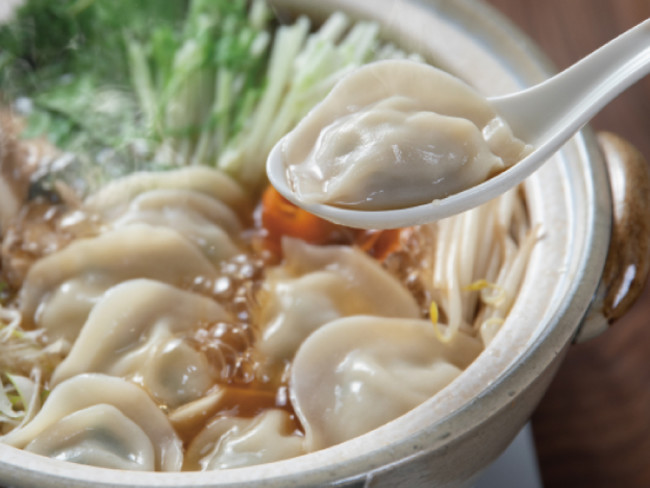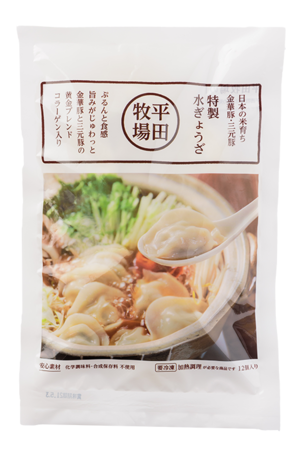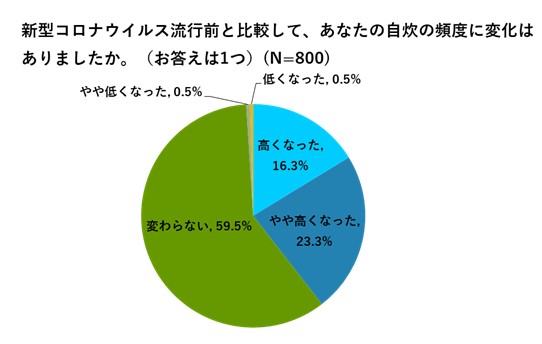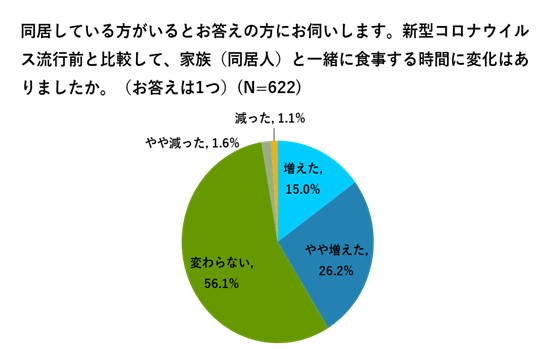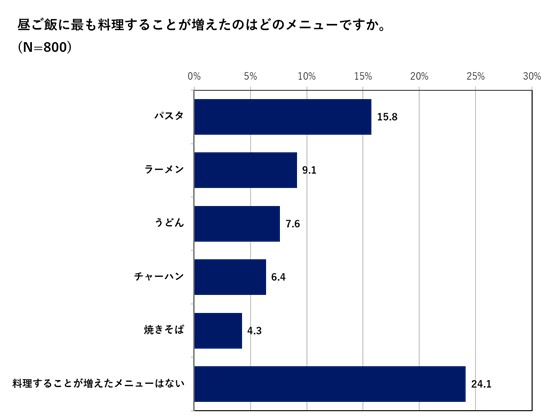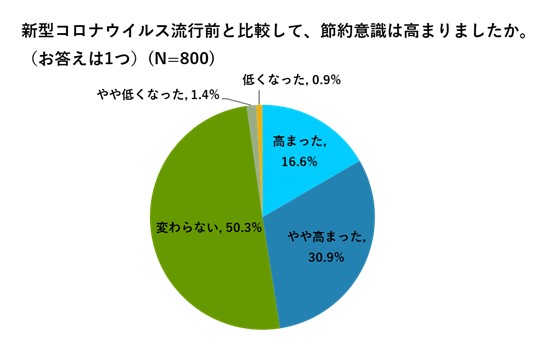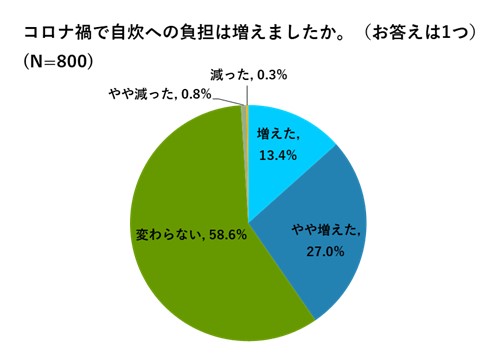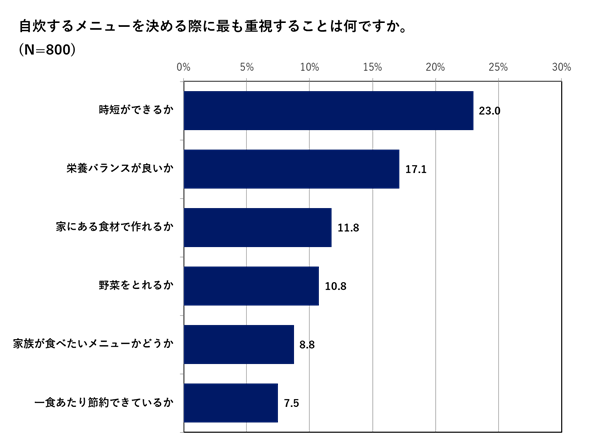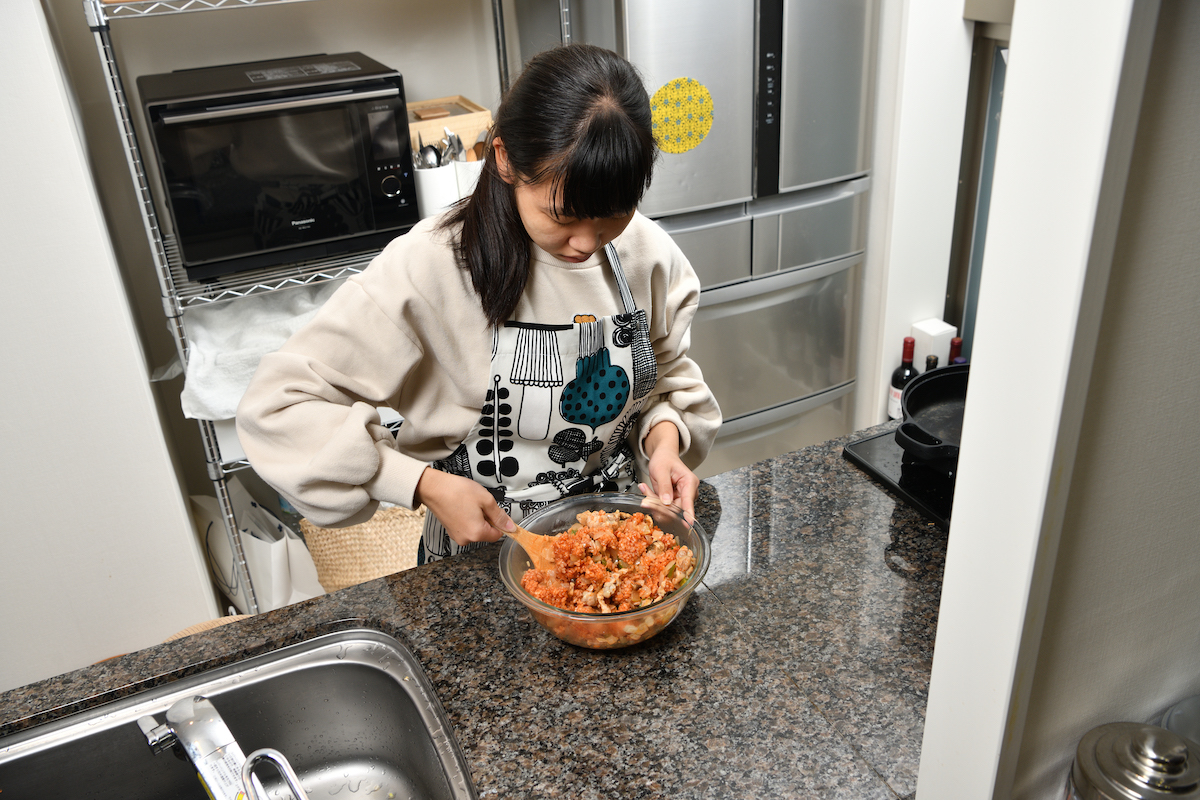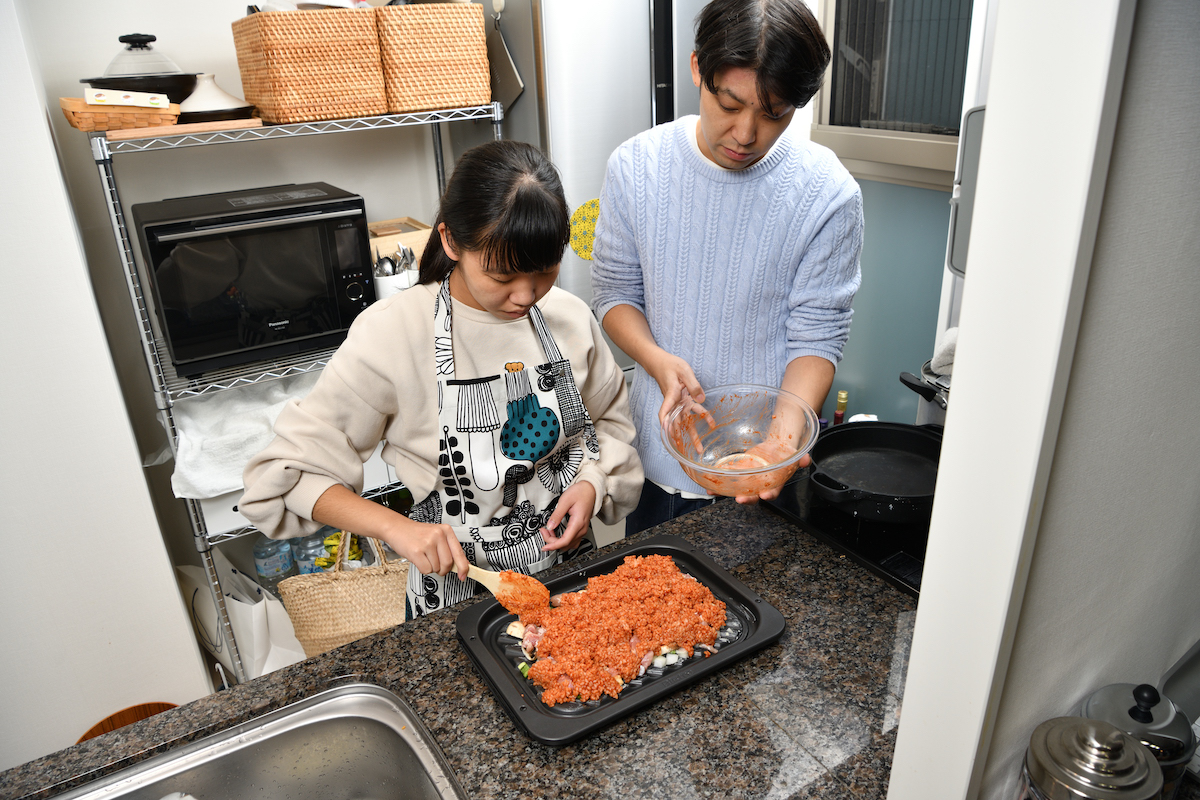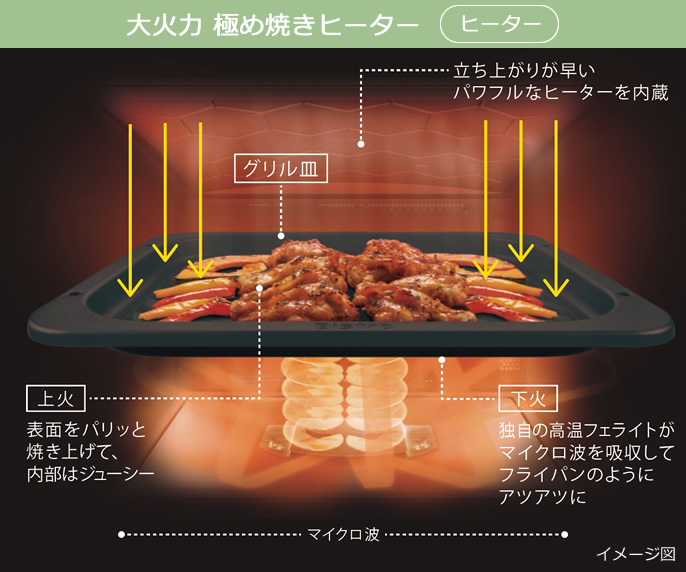
SINGAPORE: Most households in Singapore remain financially resilient amid the COVID-19 pandemic, although those that are highly leveraged or employed in badly hit sectors may be more vulnerable as economic uncertainties persist, said the country's central bank on Tuesday (Dec 1).
In its annual financial stability review, the Monetary Authority of Singapore (MAS) also urged households to exercise prudence when taking up new debt or committing to property purchases.
It noted an uncertain outlook for the Singapore economy that “could have dampening effects on income streams”. It also expects resident unemployment to “remain elevated” next year and recovery in the labour market to be drawn out.
READ: Singapore firms, households and banks need to stay vigilant amid uncertain outlook: MAS
MAS said it recognises that some homeowners could face difficulties servicing their mortgages and has worked with the financial industry to roll out relief measures earlier this year. These measures were recently extended to support cash-strapped individuals and businesses until next year.
About 36,000 mortgage relief applications have been approved and 8,700 individuals were granted revolving unsecured debt relief as of the third quarter.
“Given the uncertain economic outlook, households should avail themselves of these support measures if needed and factor in possible volatility in future income streams when considering large purchases and loans,” the central bank said in its report.
“Whenever possible, they should also continue servicing or consolidating their existing obligations to enhance resilience against unexpected shocks.”
READ: IN FOCUS: After COVID-19, where are the Singapore economy, workforce headed?
“RELATIVELY HEALTHY”
The report said Singapore’s household balance sheets were “relatively healthy” at the onset of the pandemic, reflecting the financial buffers built up over the years.
Household net wealth rose to 4.4 times of gross domestic product in the third quarter from 3.8 times a year ago, it cited as an example.
“While the increase is partly due to the fall in GDP, asset values continued to hold up despite the economic slowdown,” MAS said.
“Further, liquid assets such as cash and deposits continued to exceed total liabilities, providing households a financial buffer against income shocks.”
READ: Singapore revises growth outlook again as Q3 GDP shrinks at slower 5.8% amid COVID-19
Its simulations also suggest that Singapore households’ debt servicing burden remains manageable under stress.
Government transfers and relief measures have mitigated the impact of a sharp fall in employment and incomes in the first half of the year, the central bank added.
SOME RISKS
But leverage risk has edged up even though growth in overall household debt moderated.
MAS said aggregate household debt has continued its downward trend since the introduction of cooling measures in July 2018, but nominal GDP fell by a larger margin due to the pandemic.
As a result, household debt as a percentage of GDP rose from 63.1 per cent in the first quarter to 65 per cent in the April to June quarter before hitting 67.1 per cent in the third quarter.
READ: COVID-19 downturn to be more prolonged than past recessions, slow recovery for jobs market: MAS
Other indicators that were mentioned include the credit risk profile of housing loans. This has remained sound, with macro-prudential measures encouraging prudent borrowing and improving equity buffer.
But as household resilience is tied to employment and income, credit risk for housing loans could increase further if the economic downturn persists, said the central bank.
The unsecured credit charge-off rate - a leading indicator for credit quality of housing loans - has crept up in the third quarter, suggesting that more households could face difficulties in housing payments, it added.
“Close monitoring of housing loans from more vulnerable households is necessary in the upcoming months given the expectation that the labour market recovery will be protracted.”
Turning to the property market, the report noted how rentals for private homes have moderated alongside the increase in vacancy rates.
READ: Property firms expect more transactions as physical viewings of resale flats, showrooms resume in Phase 2 reopening
Commentary: Concerned about what fall in private home sales mean? Market fundamentals paint a different story
Vacancy rates for private residential properties rose from 5.4 per cent in the second quarter to 6.2 per cent in the third quarter. Rentals declined for the second consecutive quarter during the July to September period, as the private residential property rental price index fell by 0.5 per cent.
The weakness in rentals was observed for both landed and non-landed properties.
“Should demand for rental properties continue to fall, borrowers relying on rental income to meet their mortgage instalments on investment properties could face difficulties in repayment,” said MAS.
“Prospective buyers should accordingly factor in the possibility of further weakness in rental income when committing to purchases of investment properties.”
In the 112-page report, the central bank also urged local corporates and banks to stay vigilant and prudent as an uneven economic recovery will “impinge on jobs and corporate profits”.
“The risk of financial stresses remains during this protracted recovery period. Continued vigilance and prudence therefore remain warranted,” it wrote.
BOOKMARK THIS: Our comprehensive coverage of the coronavirus outbreak and its developments
Download our app or subscribe to our Telegram channel for the latest updates on the coronavirus outbreak: https://cna.asia/telegram
Article From & Read More ( Households urged by MAS to stay prudent when taking up debt or buying property - CNA )https://ift.tt/3oaCShJ
Business
